Ryegrass, Beef Builder Forage Annual
$47.00 /50lbs. (50 pound bag)
Improvement over annual for grazing, especially in rust prone areas (high rainfall).
Out of stock
Improvement over annual for grazing, especially in rust prone areas (high rainfall).
| Grow Height | Cold Tolerance | Minimum Rainfall |
Planting Rate Acre |
| 2-3′ | Good | 25″ | 25 lb. |
| Weight | 51 lbs |
|---|---|
| Dimensions | 29 × 17 × 7 in |
Be the first to review “Ryegrass, Beef Builder Forage Annual” Cancel reply
You must be logged in to post a review.
Related products
Native, cool season perennial. Prefers moist soils, high soil fertility, heavier soil textures, and it is shade tolerant. It can be found scattered on shaded banks, along fencerows and in open woodlands.
Good pasture. Not recommended to leave livestock on pasture for extended periods. Has been used as turfgrass. Plant 4-10 lb. per 1000 sqft.
Largest use is turfgrass. Used to overseed warm season turf or as primary turfgrass. In adaptable regions plant 2-10 lb. per 1000 sqft.
Good hay, grazing with management. Do not over graze - Prussic Acid Poison.
Once established, giant bermudagrass is very drought, heat and salt tolerant. Cultural management of giant bermudagrass is much like that of Coastal Bermudagrass, a vegetative pasture bermudagrass.
Originates from the Mediterranean region of southern Europe and North Africa and are often referred to as Mediterranean or summer-dormant types. These summer-dormant fescues basically cease growth during summer in response to long days, high temperatures, and dry conditions. In western regions of Oklahoma and Texas, the Mediterranean summer-dormant fescues offer promise of cool-season production [...]
Warm season perennial that does well on moist, but well-drained, soils. It is a dense turfgrass. Can crowd out weeds and bermudagrass.
Leafy, sod-forming, perennial, cool-season grass that spreads by rhizomes. This species is both native and introduced.
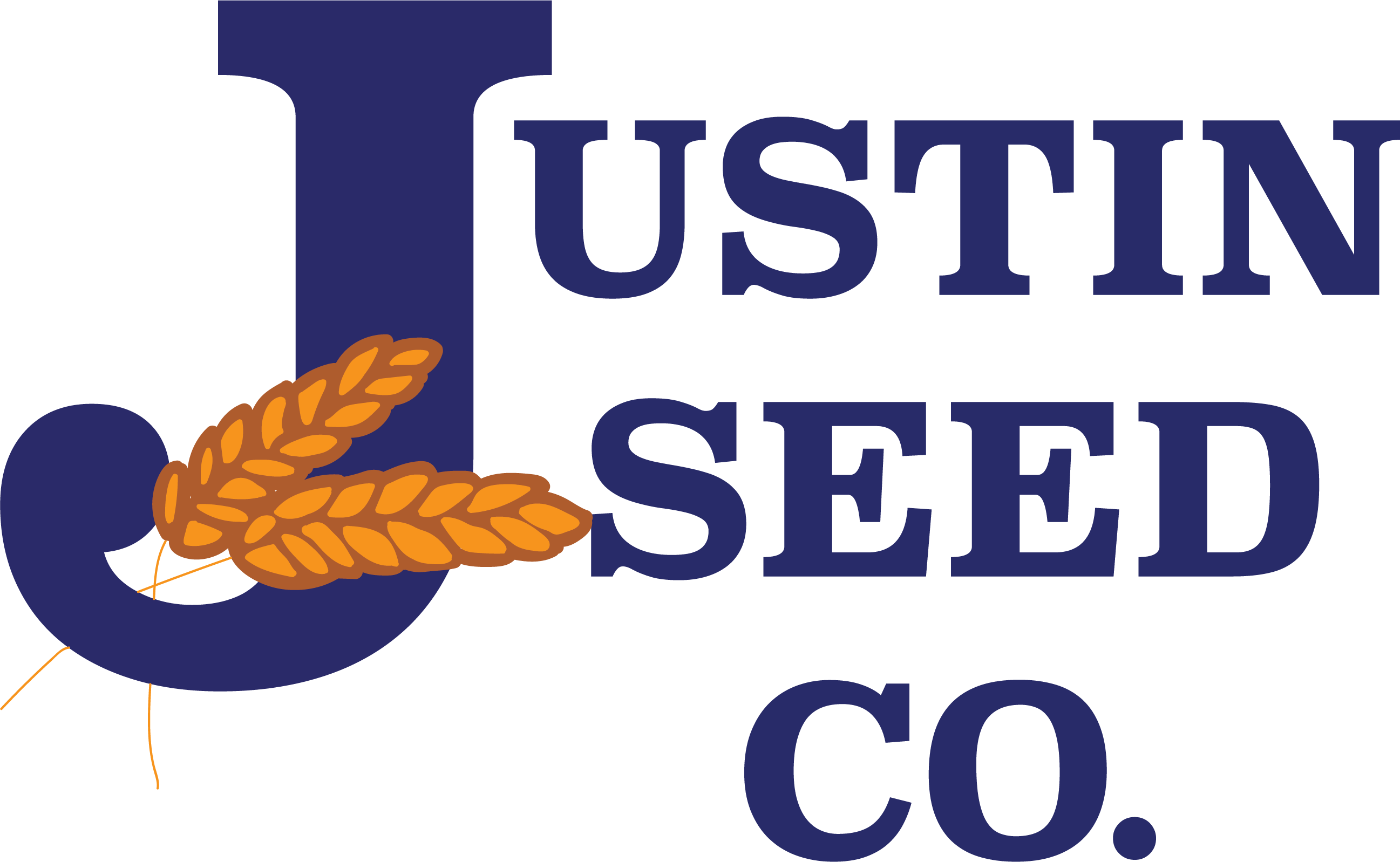
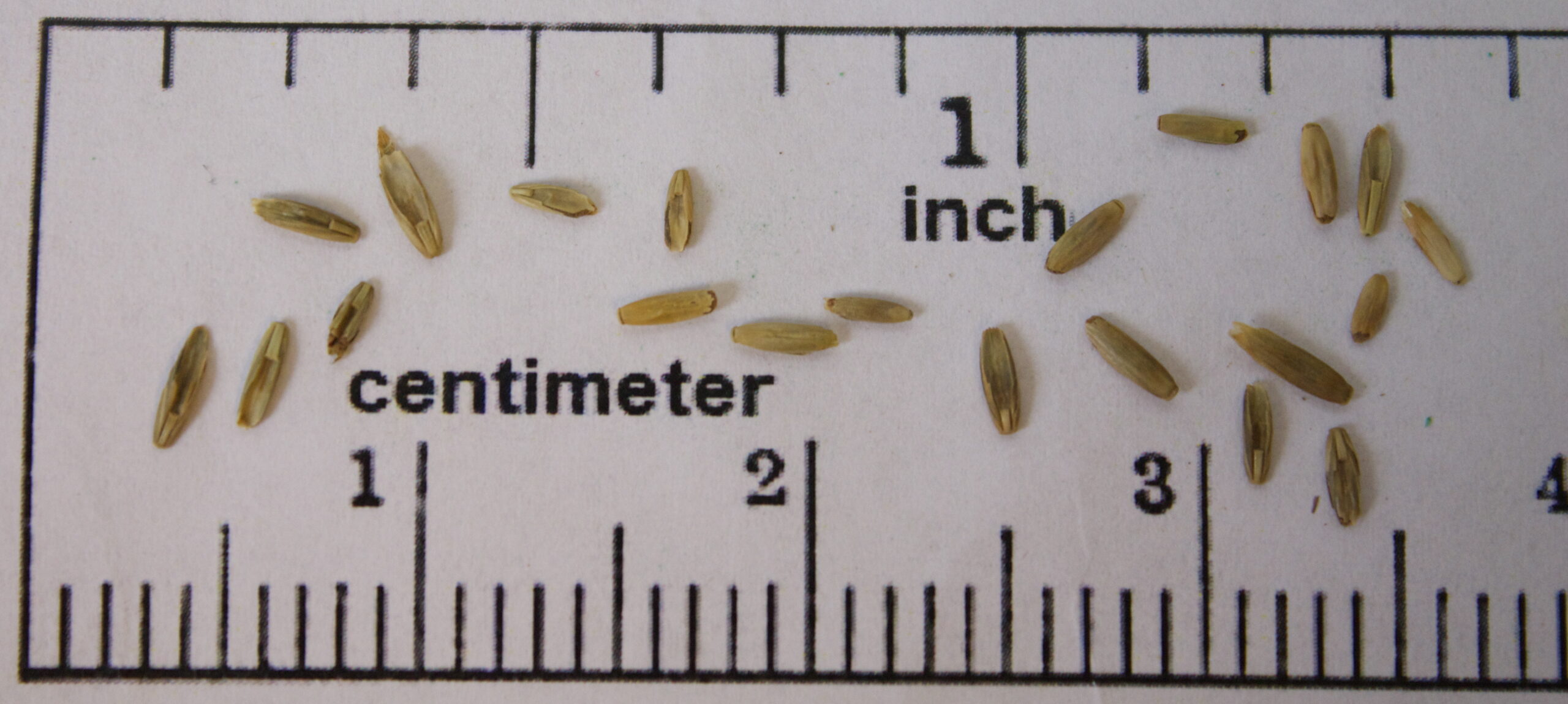
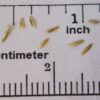
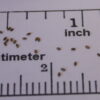
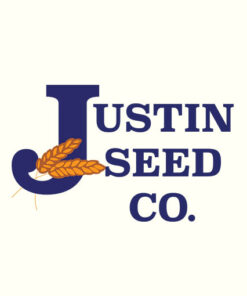

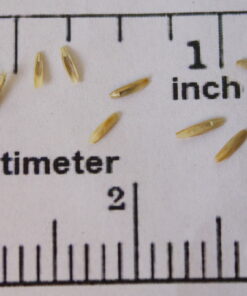
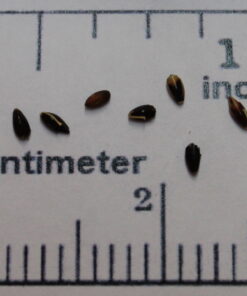

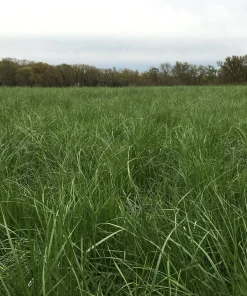
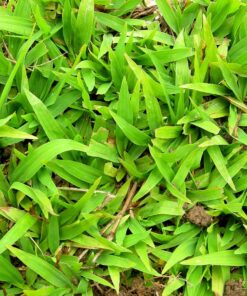

Reviews
There are no reviews yet.